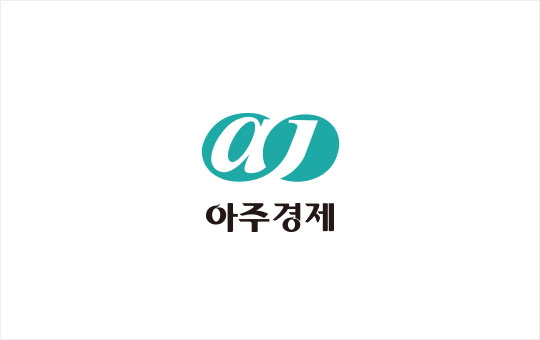
SEOUL, October 16 (AJP) — South Korean construction firms reeling from a prolonged industry slump are on edge as 13 trillion won ($9.4 billion) in real estate project financing (PF) debt comes due in the fourth quarter, with the government set to decide next month which projects to rescue or wind down.
According to the National Assembly’s Land, Infrastructure and Transport Committee, PF bonds worth 13.48 trillion won mature between October and December. Of that, roughly 5 trillion won is under rollover negotiations, while more than 3 trillion won is at risk of default.
Financial authorities are scheduled to unveil the second phase of their PF restructuring plan next month. Given the liberal administration’s hawkish stance on real estate, market watchers expect tighter standards for classifying distressed projects, stricter limits on bridge loan rollovers, and expanded requirements for credit enhancements.
A Ministry of Land, Infrastructure and Transport official said the focus of policy “will shift from liquidity to stability,” stoking fears among industry insiders of another wave of funding freezes and liquidity crises across construction sites. Authorities plan to release the results of a nationwide PF project audit by the end of November, determining which ventures will be salvaged and which will be liquidated.
Mid-sized builders have been under acute financial strain since the industry-wide crunch of 2022, when the default of a Legoland theme park developer sent funding costs for construction firms to the highest levels in more than a decade.
“Negotiating maturities is now a bigger challenge than winning new orders,” said a finance official at a mid-tier builder, adding that “creditor meetings have effectively replaced management meetings.”
Even large builders have not been spared. A prolonged property market downturn and project delays have eroded cash flows, while average debt ratios have climbed by more than 10 percentage points from a year earlier. PF loan-linked borrowing costs have averaged above 7 percent this year, further squeezing profitability.
Government aid has also been slow to arrive. The Korea Land and Housing Corporation’s program to purchase unsold homes has reached only 40 percent execution, while the Housing and Urban Guarantee Corporation’s PF guarantees have fallen 25 percent from last year. The reduction in guarantees has worsened liquidity bottlenecks by restricting developers’ ability to raise funds.
As of September, PF refinancing rates averaged 8.1 percent — up 1.8 percentage points from the end of last year. Smaller builders face borrowing costs exceeding 12 percent, with some projects unable to cover monthly interest payments.
“Even high returns aren’t attracting investors to construction-linked bonds,” a commercial banker said.
The Korea Construction Industry Institute projects construction starts will plunge 21 percent in the fourth quarter from a year earlier. The sharp decline in new projects threatens to further choke cash inflows and drive up PF defaults.
* This article, published by Aju Business Daily, was translated by AI and edited by AJP.
Copyright ⓒ Aju Press All rights reserved.

